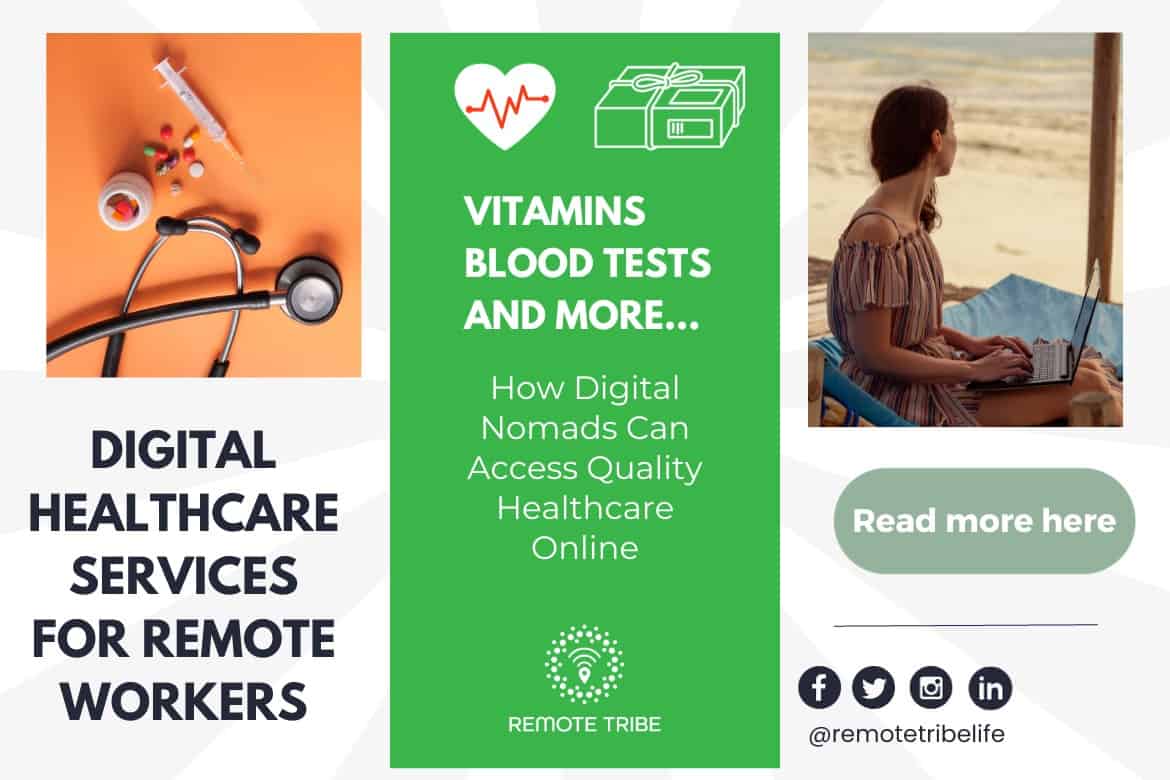The Impact of Subscription Based Healthcare on Traditional Clinical Practices
The Impact of Subscription Based Healthcare on Traditional Clinical Practices
Blog Article
Exactly How Subscription-Based Medical Care Is Changing the Clinical Sector

The Increase of Subscription Health Care
Over the last few years, the healthcare sector has actually seen a considerable shift in the direction of subscription-based designs, mirroring broader customer fads preferring comfort and predictability. This improvement is driven by the increasing demand for more available and customized treatment services. Subscription health care, in some cases described as concierge medication or straight medical care, offers patients a fixed regular monthly charge for a variety of clinical services, considerably altering conventional fee-for-service models.
The increase of subscription medical care is helped with by advancements in technology, which make it possible for streamlined interaction between people and service providers - subscription based healthcare. Digital platforms and telehealth solutions have become integral, supplying individuals the capacity to schedule visits, gain access to medical records, and receive examinations online. This technological combination not just improves individual interaction but also allows companies to supply much more effective treatment
Additionally, the registration model straightens with the developing assumptions of individuals that look for more control over their healthcare costs and experiences. By getting rid of the changability of co-pays and insurance policy claims, subscription-based health care supplies a transparent and straightforward method. While this version is gaining traction, its proliferation encounters difficulties such as regulatory obstacles and the requirement for wider approval within the standard medical care environment. Its growing presence marks a pivotal minute in the advancement of health care delivery.
Advantages for Suppliers and people
Subscription-based healthcare provides a multitude of benefits for both clients and providers, improving the characteristics of medical treatment. For patients, this design gives enhanced accessibility to healthcare services. With a foreseeable monthly charge, patients can delight in endless appointments, minimized wait times, and customized treatment. This plan frequently causes a much more proactive approach to wellness administration, enabling prompt treatments that can avoid chronic problems from escalating. In addition, the economic openness of subscription models lowers the changability related to conventional fee-for-service invoicing, easing the burden of unforeseen medical costs.
For health care providers, subscription-based versions cultivate an even more sustainable and rewarding practice. Administrative jobs are commonly structured, lowering above costs and permitting suppliers to dedicate more time to person communication. Generally, subscription-based medical care lines up the motivations of suppliers and patients, advertising an extra reliable and patient-centered health care shipment system.
Key Attributes of the Design
Frequently, the vital attributes of the subscription-based health care design emphasize its distinct technique to delivering clinical solutions. Central to this model is the principle of foreseeable, month-to-month repayments, offering people a detailed range of solutions without the unpredictability of conventional fee-for-service structures. This version often consists of limitless access to key care services, preventive treatment, and routine check-ups, making sure that individuals can involve with their doctor proactively instead of reactively.
In addition, straight communication networks, such as telemedicine and messaging systems, are stressed, enabling clients to get timely suggestions and examinations without needing in-person consultations. This enhances access and ease, specifically for people with wheelchair restraints or those living in remote areas. The version also fosters more powerful doctor-patient connections, as doctor are incentivized to concentrate on lasting health results instead than short-term gos to.
In addition, subscription-based medical care commonly incorporates technical technologies, such as electronic health and wellness documents and wellness surveillance apps, to offer individualized and effective care. People profit from collaborated and continual treatment administration, which is customized to their particular health and wellness needs. Ultimately, these functions collectively develop a patient-centered medical care experience, prioritizing accessibility, expense openness, and precautionary treatment.

Considerations and difficulties
While the subscription-based healthcare version offers many advantages, it is not without its factors to consider and difficulties. One significant challenge is guaranteeing equitable gain access to. Registration designs might accidentally favor those with higher socioeconomic standing, possibly broadening variations in health care access for lower-income people who might have problem with month-to-month fees. This elevates ethical issues regarding inclusivity and equity in health care shipment.
One more obstacle hinges on regulatory compliance. Subscription-based healthcare has to navigate a complex internet of regulations that vary by region, consisting of problems around patient discretion, information protection, and state licensing requirements. Making certain conformity without hindering the click over here model's adaptability and development can be discouraging for carriers.
Additionally, there is the danger of overutilization or underutilization of solutions. People paying a taken care of charge could overuse solutions, leading to boosted operational costs, while others could underutilize as a result of fear of burdening the system, potentially disregarding needed care.
Future Prospects and Innovations
The landscape of subscription-based medical care is positioned for makeover via emerging innovations and evolving potential customers. As innovation proceeds to advancement, the assimilation of artificial knowledge and artificial intelligence provides significant possibilities to enhance analysis precision and enhance patient monitoring. Predictive analytics can transform preventive treatment by determining prospective wellness risks before they materialize, thereby minimizing both my latest blog post expenses and the problem on health care systems.
In addition, telemedicine is readied to broaden within subscription versions, offering individuals boosted accessibility to health care professionals despite geographical restraints. This not just promotes continuity of treatment but also empowers clients to engage more actively in their health management. Furthermore, blockchain innovation provides possible in protecting client information and making certain interoperability across platforms, fostering count on and openness.
The advancement of personalized medicine is another frontier, with membership models offering an one-of-a-kind structure for providing customized wellness options. Hereditary testing and personalized treatment strategies can be seamlessly integrated, lining up client requires with certain clinical treatments. Collaborations between technology business and health care suppliers are most likely to generate ingenious services, boosting individual experiences and outcomes. As these prospects emerge, subscription-based health care has the prospective to redefine how treatment is provided and accessed.
Verdict
Subscription-based medical care is transforming the medical sector by supplying a much more available, foreseeable, and patient-centered technique to clinical solutions. This design improves patient-provider connections, makes certain economic openness, and stresses preventative treatment with limitless examinations and telemedicine. In spite of challenges such see this page as regulative obstacles and prospective variations in access, the subscription version holds assurance for a much more personalized and effective medical care experience. As innovation breakthroughs, additionally technologies are most likely to resolve existing difficulties and optimize medical care delivery.
Membership healthcare, sometimes referred to as concierge medication or straight primary treatment, uses people a fixed month-to-month charge for a variety of clinical services, substantially changing conventional fee-for-service designs.
In addition, the registration model straightens with the evolving assumptions of patients that seek more control over their health care costs and experiences. For individuals, this design offers improved accessibility to healthcare services. In general, subscription-based health care aligns the incentives of suppliers and clients, advertising a more patient-centered and effective health care delivery system.
Moreover, telemedicine is set to broaden within registration versions, offering people boosted accessibility to health care specialists no matter of geographical constraints. - subscription based healthcare
Report this page